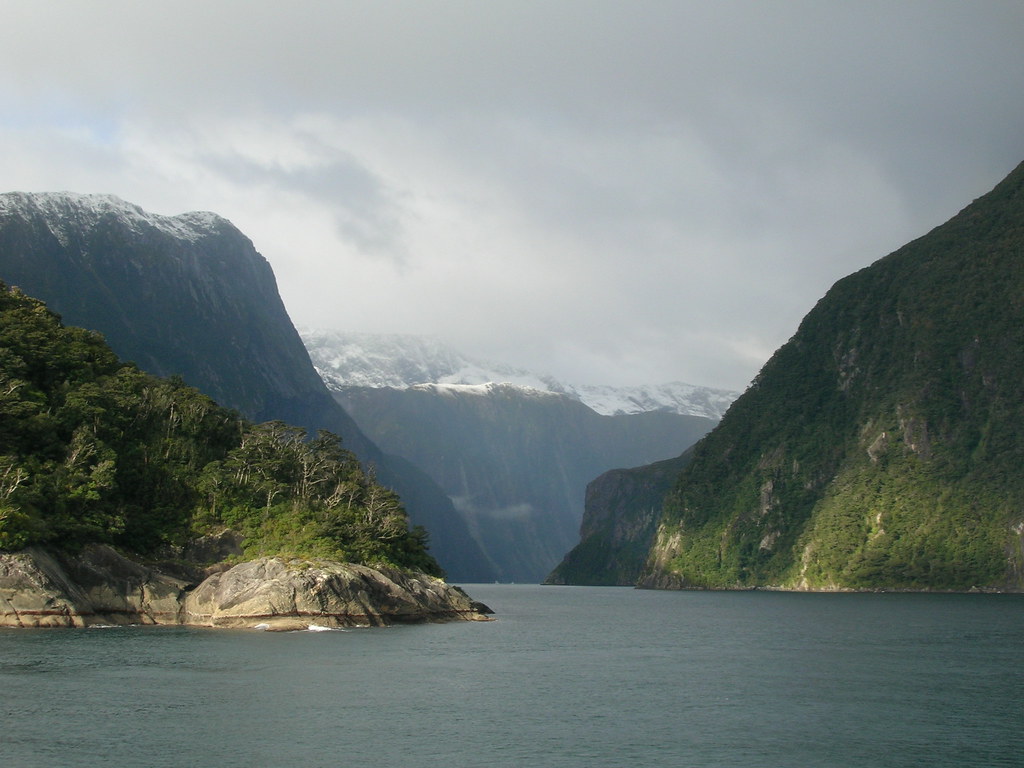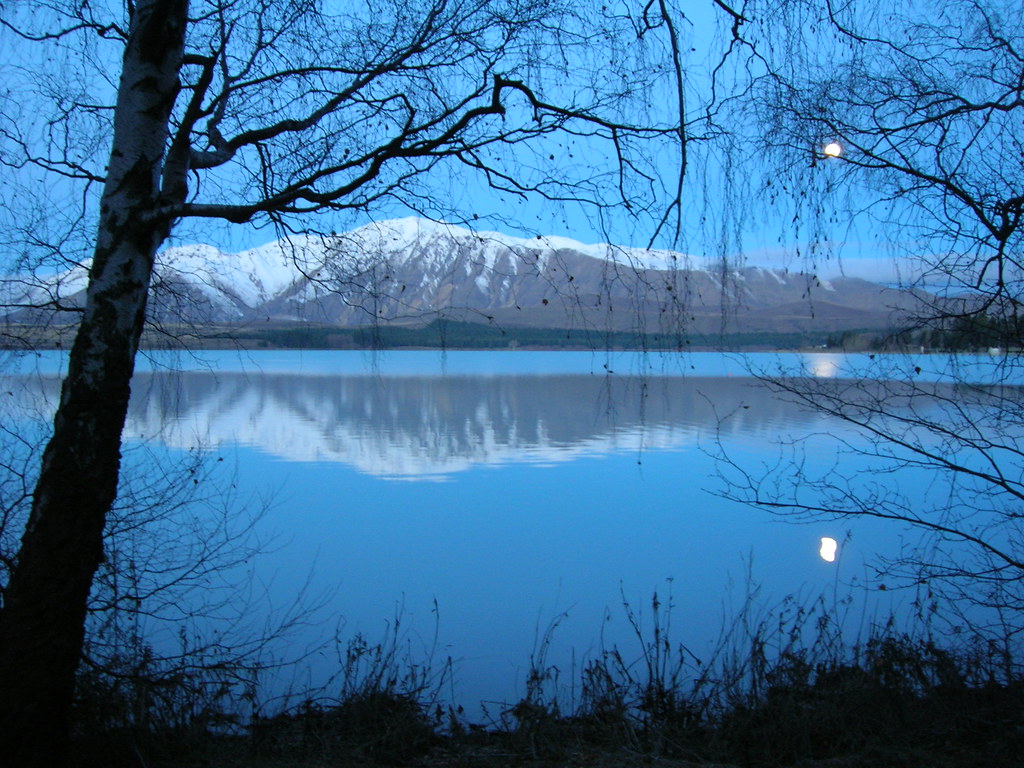
Winter’s icy breath wrapped itself tighter around us as our teeth chattered and our bodies shook in the frigid night.
But despite the chill spreading through our bones, we refused to head indoors.
Our perseverance was due to only one reason – the magnificent constellation of stars that unfolded before us as we stood atop a hill besides New Zealand’s Lake Tekapo.
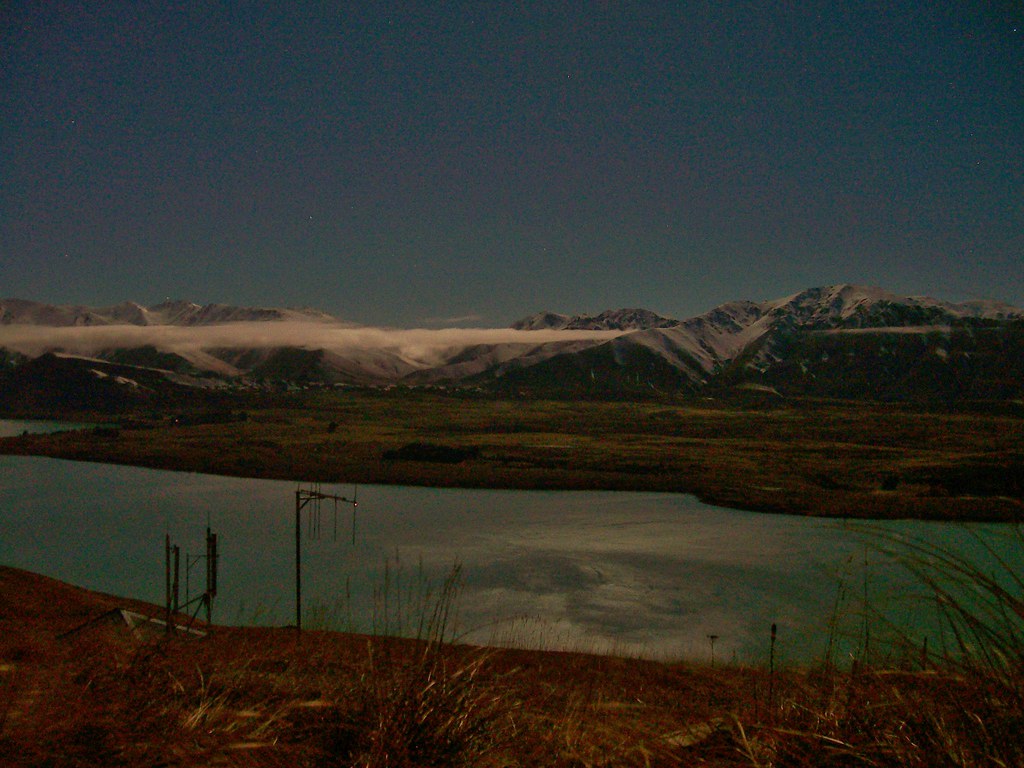
The hill was home to the Mount John Observatory which offers regular stargazing tours.
Surrounded by mountains and far from the glare of city lights, Lake Tekapo is said to be the best place in the Southern Hemisphere to admire the beauty of the night sky.
And indeed, those were not superfluous claims.
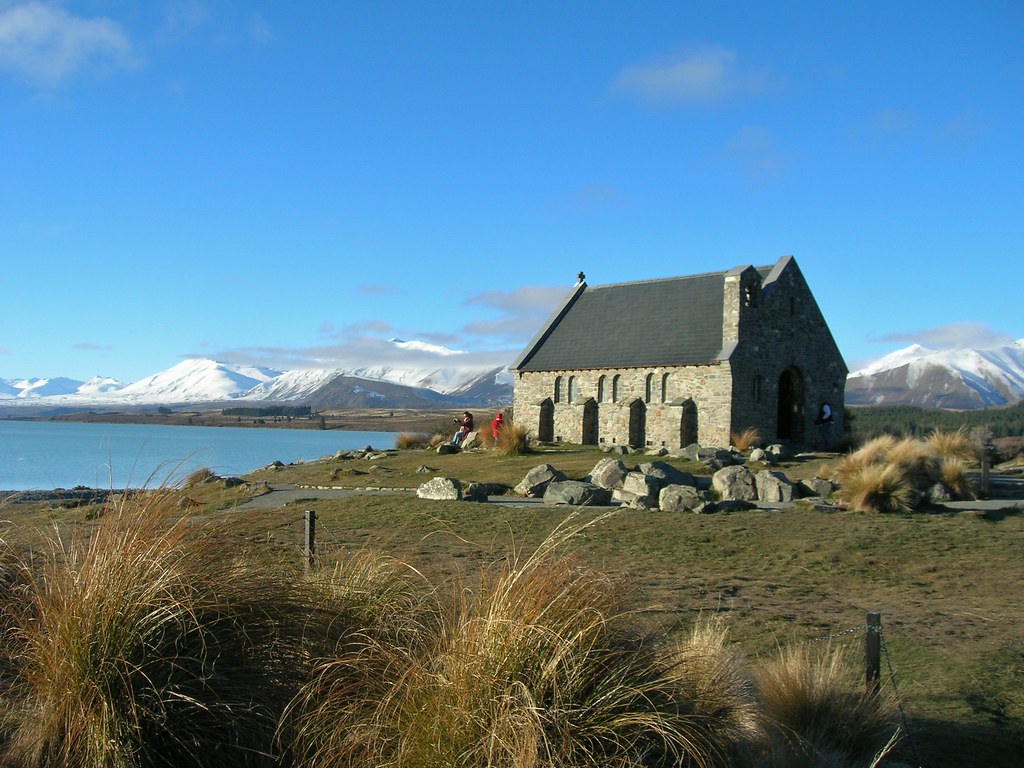
For an hour or so, we oohed and aahed as our astronomy guide pointed out constellations such as the Southern Cross and the Orion – stars that appeared brighter and closer than I’ve seen them anywhere else in the world.
And through the powerful telescopes, we could even marvel at distant constellations whose names I’ve forgotten.
But even though the night skies above Lake Tekapo were dazzling – World Heritage status is currently being sought for the area as the world’s first starlight preservation area – the area is equally captivating in the day.
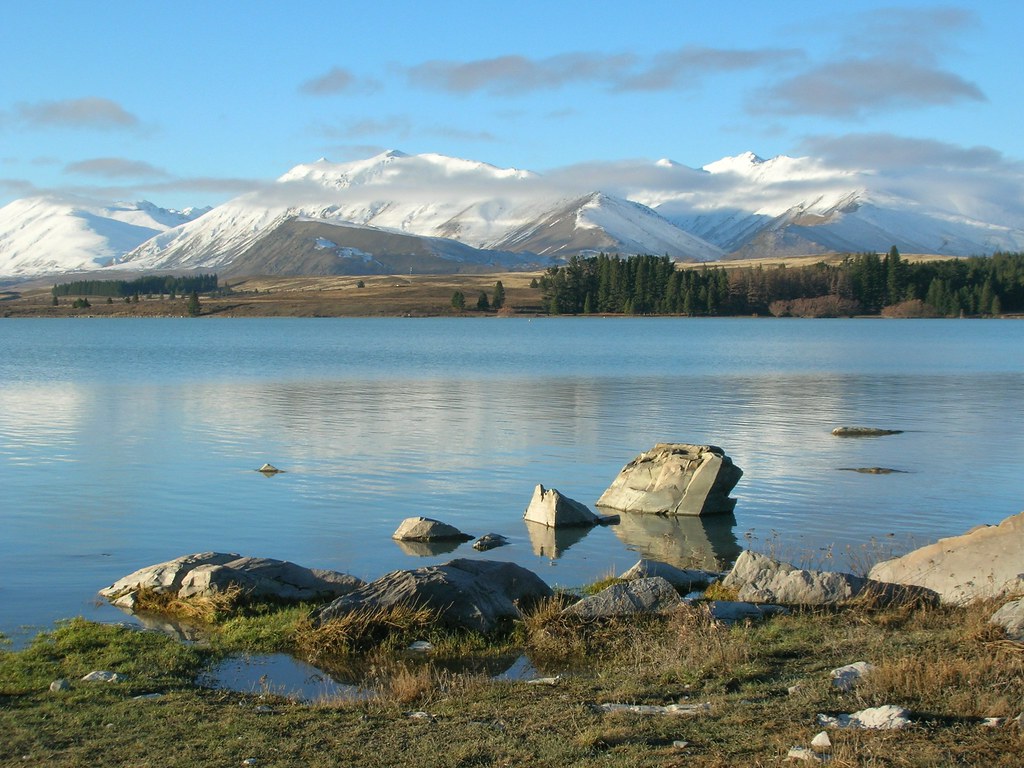
Ringed by a chain of snow-covered mountains, the lake has an amazing turquoise blue colour that’s created by rock flour – finely ground rock particles produced by glacial abrasion.
And best of all (for me at least), tourism in the area is still relatively low-key as most visitors only spend a few hours in the area as a stopover between other bigger cities.
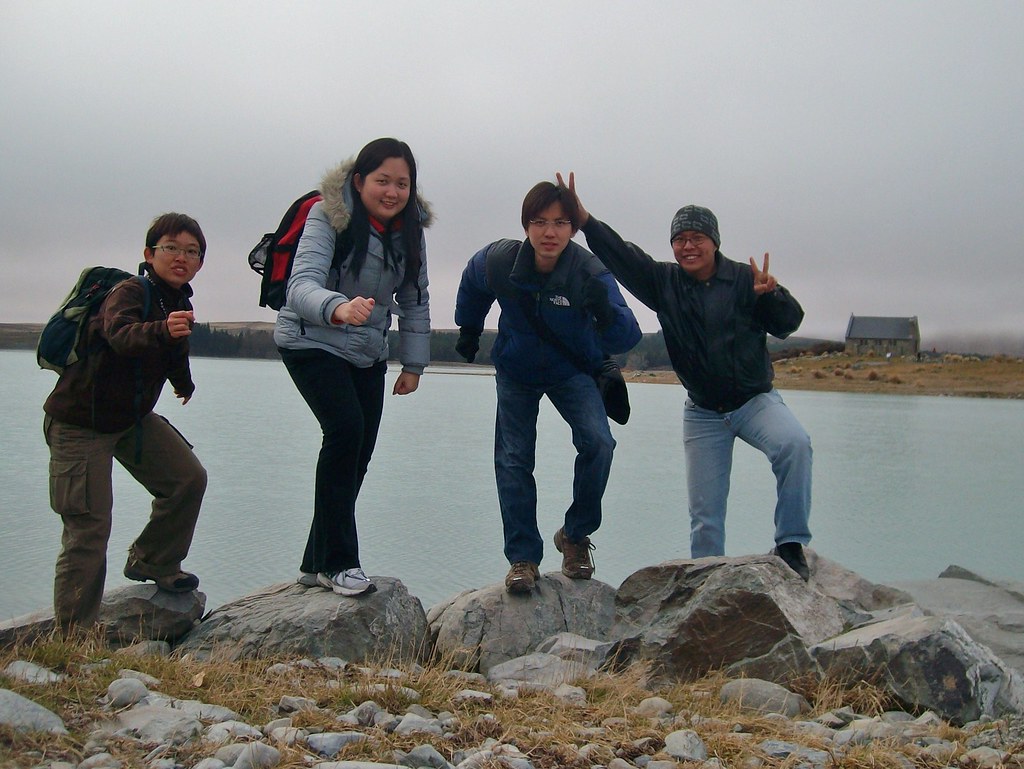
Long after the last coaches have departed, my friends and I had a blast exploring the area without a single soul in sight.
Where just a couple of hours earlier the village’s famous church which overlooks the lake was overrun by camera-toting visitors, we now had it to ourselves.
And the bronze statue of the Collie Sheep Dog besides the lake is now imbued with a greater sense of resilient grace in its solitude.
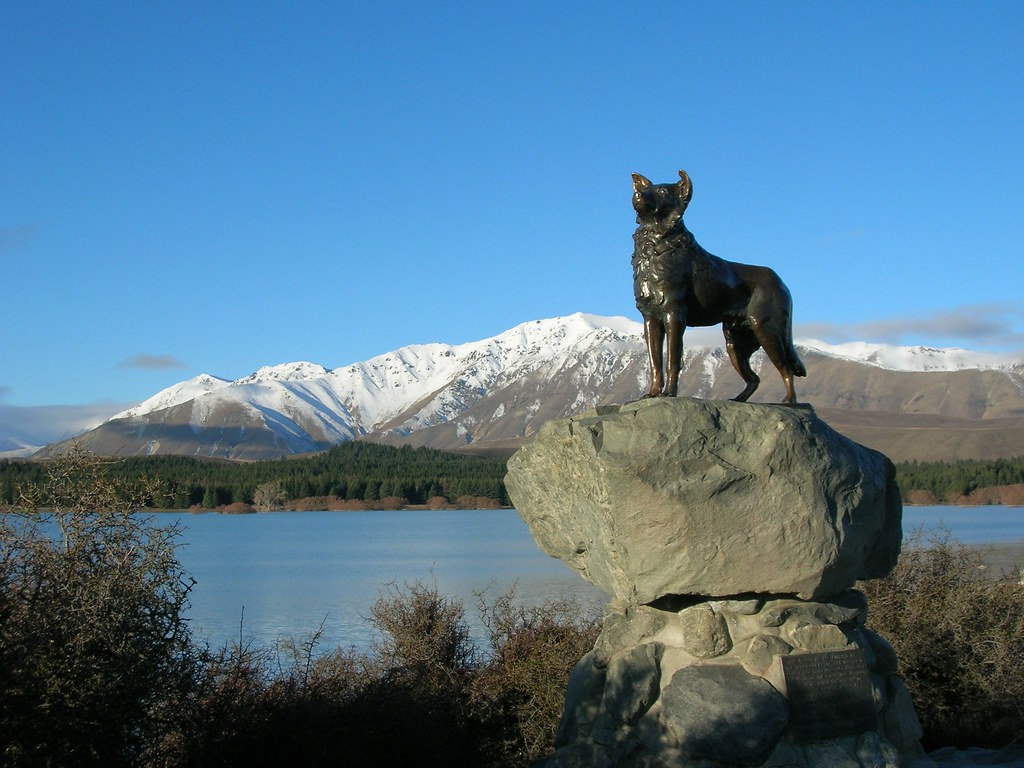
Just a short three hours’ drive away from Lake Tekapo lies New Zealand’s adventure capital of Queenstown.
Where Lake Tekapo was sedate and serene, Queenstown was all about high-octane energy.
A short stroll around town will throw up dozens of possibilities to get your adrenalin pumping or scare yourself silly, or both – from bungee-jumping to white-water rafting to launching yourself off cliffs with a parachute.
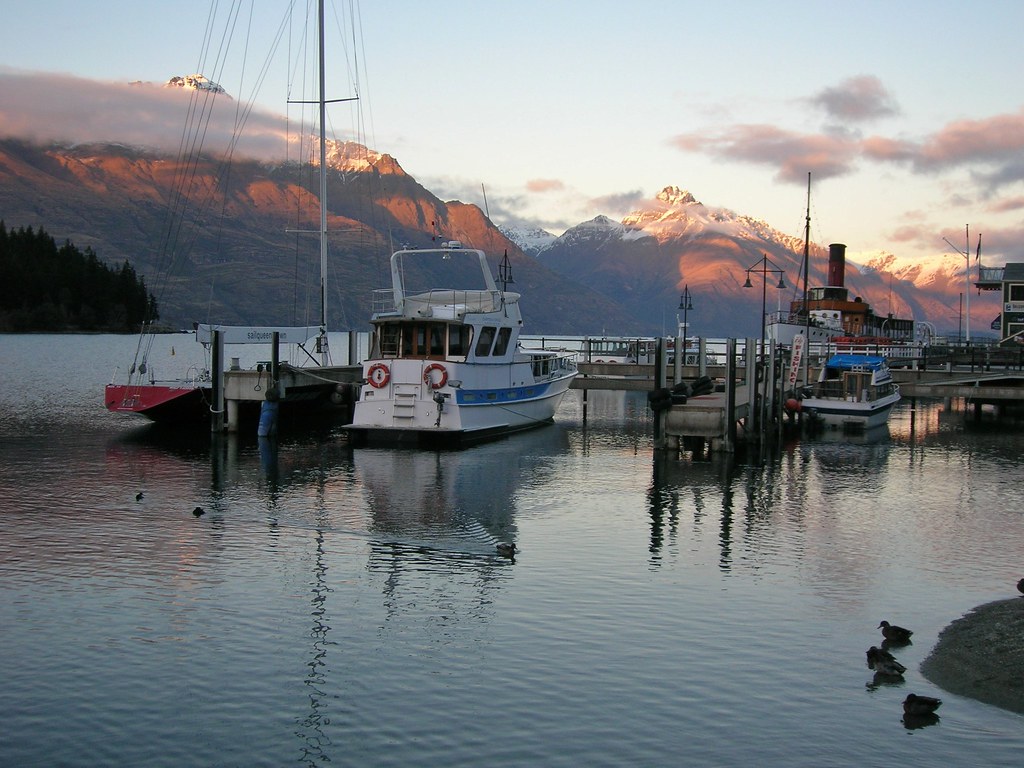
But even if you choose not to indulge in such activities, Queenstown is more than pleasant enough to hang around for two or more days.
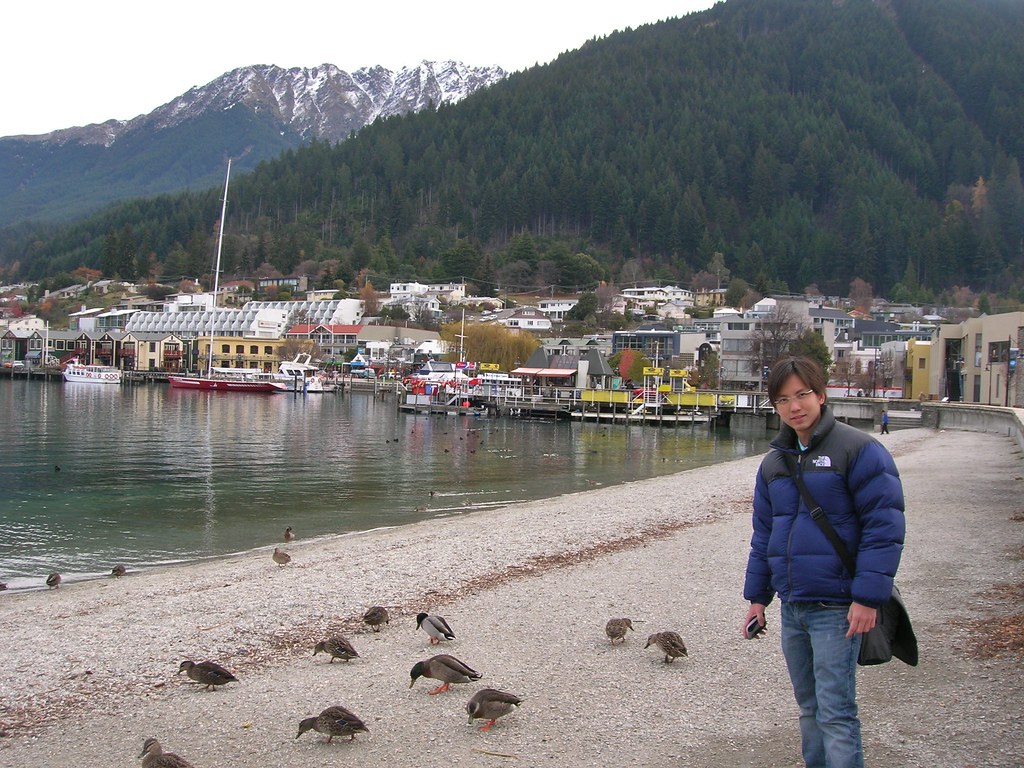
Like Lake Tekapo, Queenstown is blessed with amazing scenery, being situated on the shores of the pristine Lake Wakatipu and surrounded by snow-covered mountains.
And while it’s a small town, Queenstown has enough of a big city vibe with its nightlife and restaurants to appeal to sophisticated urban dwellers.
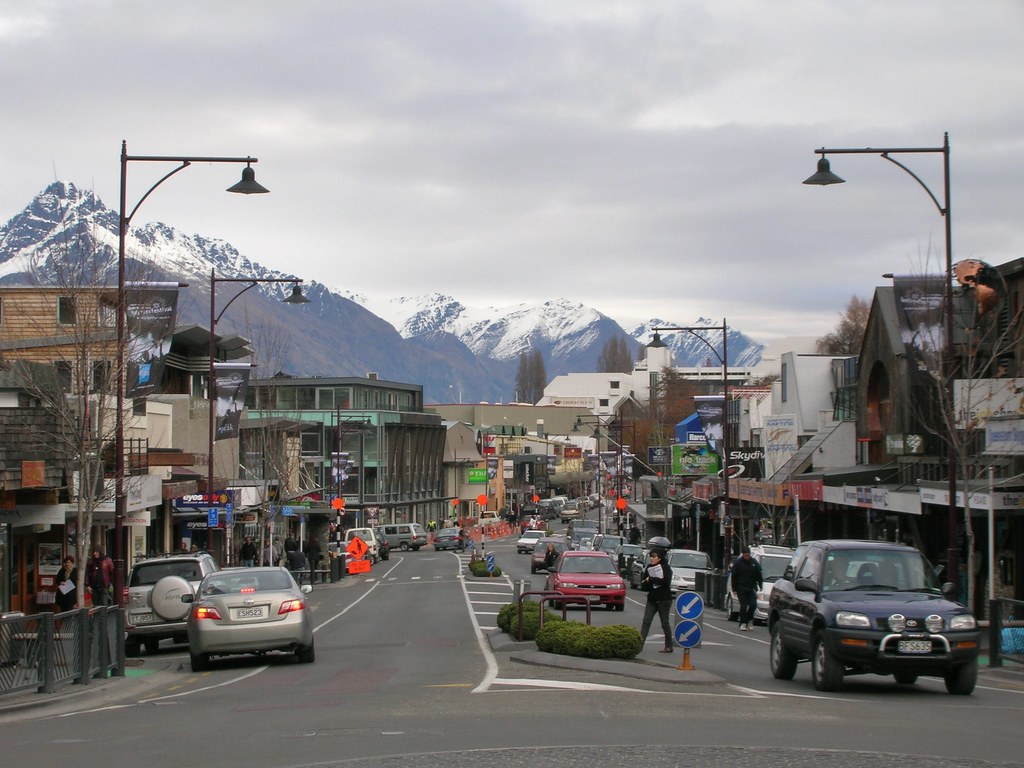
Queenstown is also a good base to explore surrounding regions like Milford Sound, which is technically a fjord.
There are many travel agencies in Queenstown that offer day trips to Milford Sound.
We decided to sign up for one that will bring us there and back within a single day.
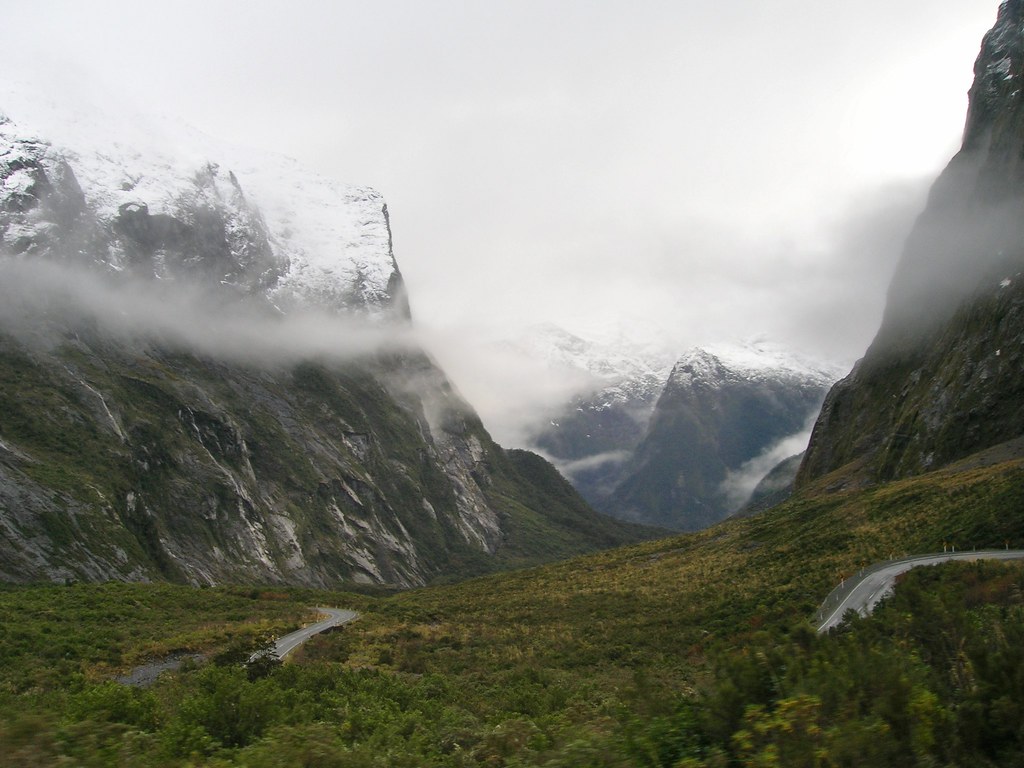
Running 15km inland from the Tasman Sea, Milford Sound is surrounded by sheer rock faces and towering peaks on either side.
And somewhat miraculously, lush trees cling on to the sides of these rock faces (though I’m told that’s one reason why avalanches are very common in the area).
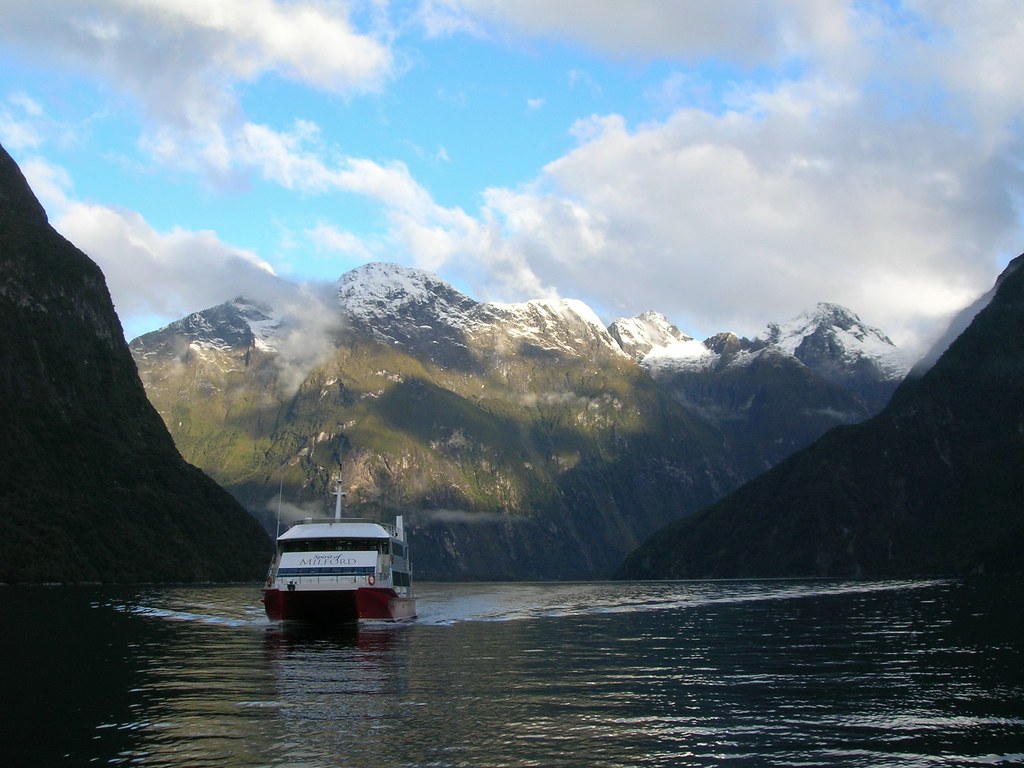
We were also visited by playful dolphins and seals that frolicked in the waters beside our boat.
Being one of the areas with the highest rainfalls per annum in the world, Milford Sound is also spectacularly wet.
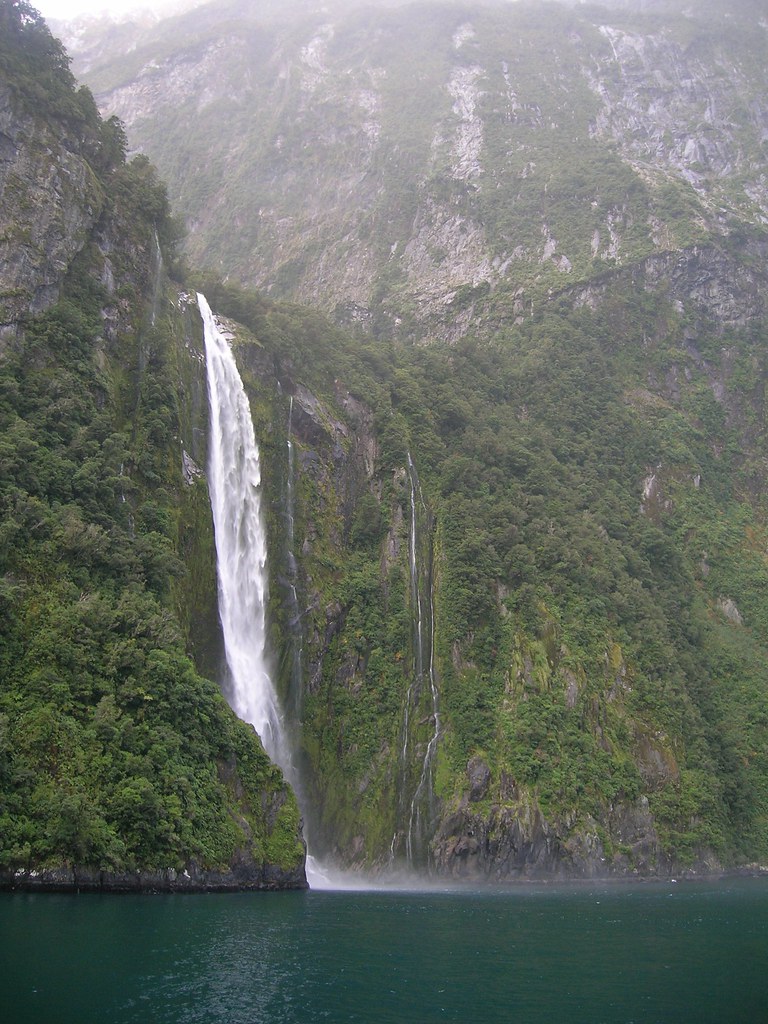
In our two hours there, we probably experienced more than three downpours in between periods of intense sunlight.
But this capriciousness only heightened the drama of the fjord, as it flitted between being moody and mysterious in the rain and mist, to unbridled exuberance as the sun’s rays reflected off the area’s numerous waterfalls, producing vibrant rainbows.
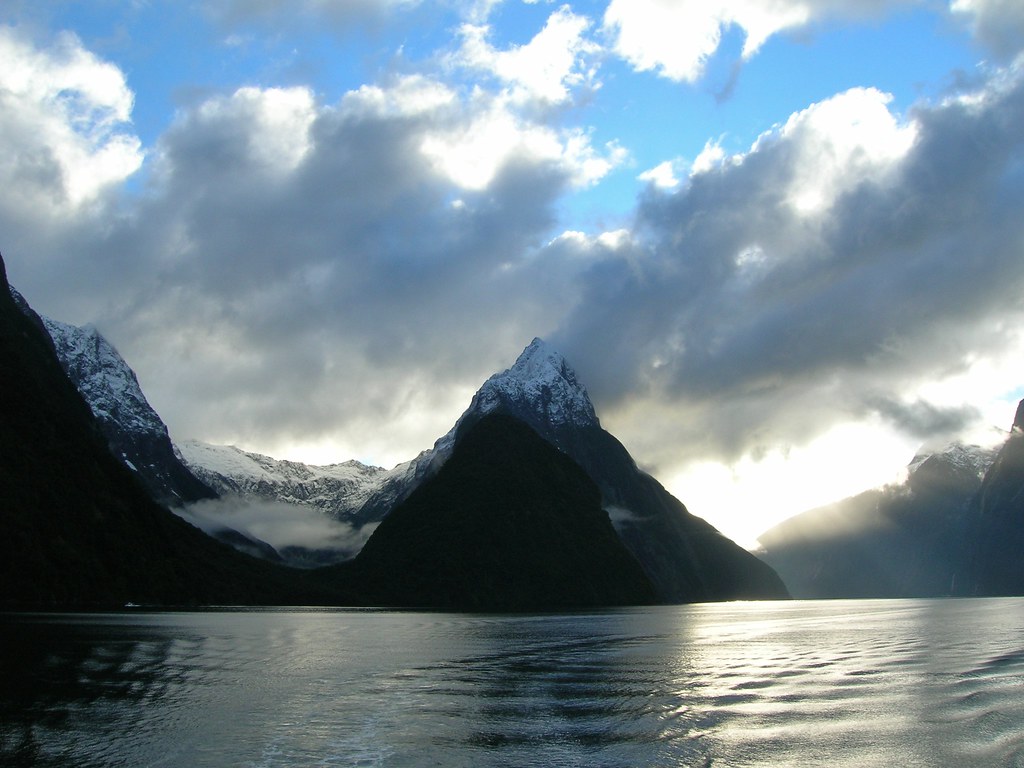
In fact, the scenery is so captivating we could not tear our eyes off it for one second.
And in no time, our cameras were filled with images of Milford Sound.
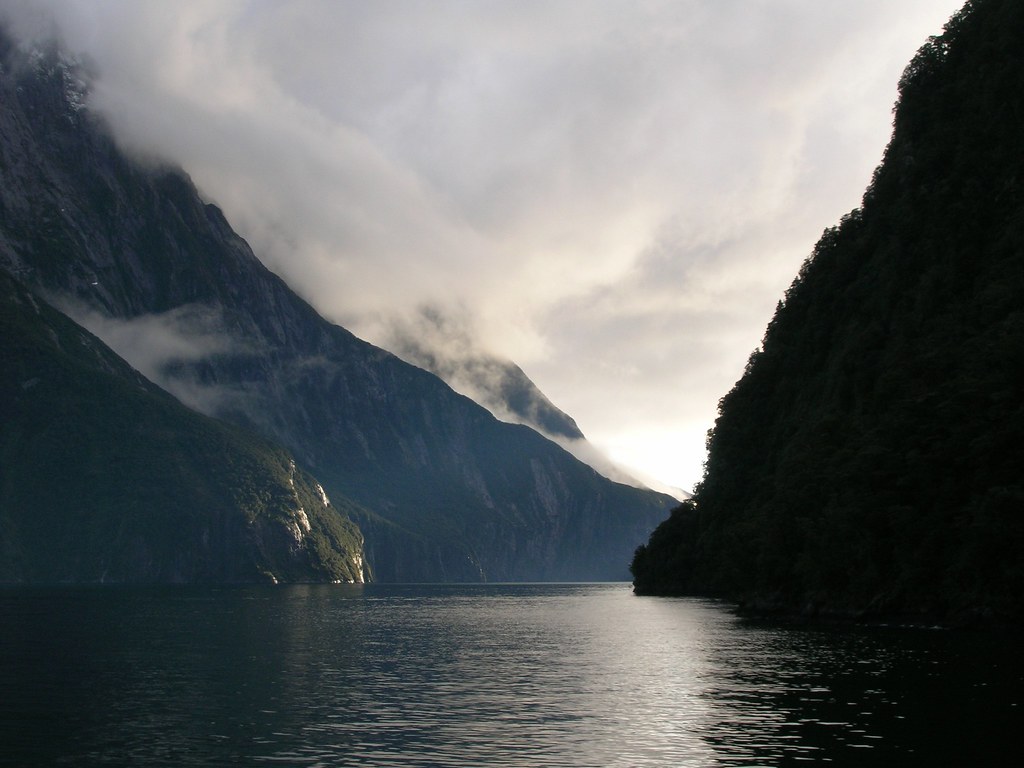
But you know what they say about how nothing beats seeing it with your own eyes?
It’s true.
Photographs just don’t do Milford Sound justice.
